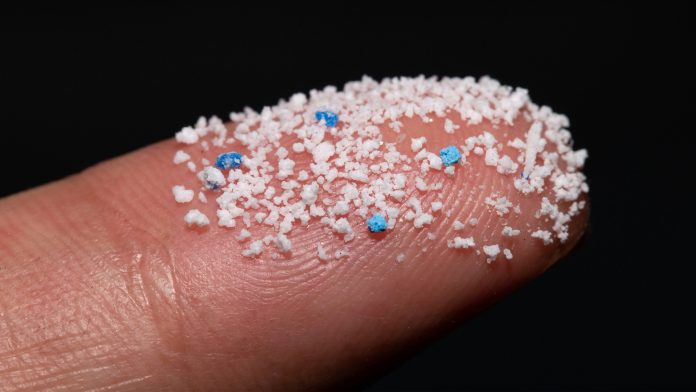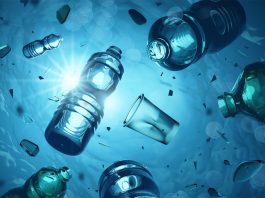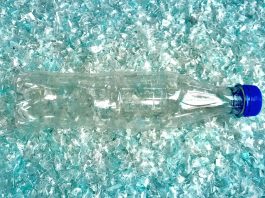Scientists at Shinshu University, Japan, have developed a method of capturing microplastics from wastewater using specialist acoustic technologies.
Scientists estimate that the amount of plastic reaching the ocean will peak in 2029, with surface plastic weighing more than 860,000 metric tonnes. A research consortium led by the University of Exeter suggests that by 2150, only 5% of ocean plastics will be removed. Capturing microplastics is incredibly difficult and only a fraction of the consortium’s estimate will include microplastics. Sieves and filtration devices are currently the predominant way of collecting microplastics in water. However, this is impractical because filters clog easily and regularly need to be cleaned or replaced.
A promising method of capturing microplastics has been devised by Shinshu University. The team use a bulk acoustic wave (BAW) that channels microplastics, gathering them in the middle channel while water flows out the two side channels.
The BAW device
The researchers look to apply this technology to wastewater from washing machines, one of the biggest sources of microplastics in our oceans. Many of our clothes are made of chemical fibres, and tiny pieces of microplastic fibres break off in the washing machine, which typically discharges about 10,000 fibres per one 100 litre washing cycle.
The BAW device uses piezo vibrations as a method of capturing microplastics and microplastic fibres. By using acoustics at a force and amplitude appropriate for the length, diameter, and compressibility of the microplastic, debris collects in the middle of the three channel device.
To test this technology, researchers devised a formula to calculate the best acoustic focusing to target microplastic fibres of Nylon 6, PET, and polystyrene microparticles. The team collected between 95% and 99% of the materials tested.
The BAW still needs to be modified for real-world applications, the team need to increase its scalability and adjust the device so that it can be used in tandem with multiple channels. By adding multiple channels, 100 litres of wastewater can effortlessly be concentrated into 50ml.









